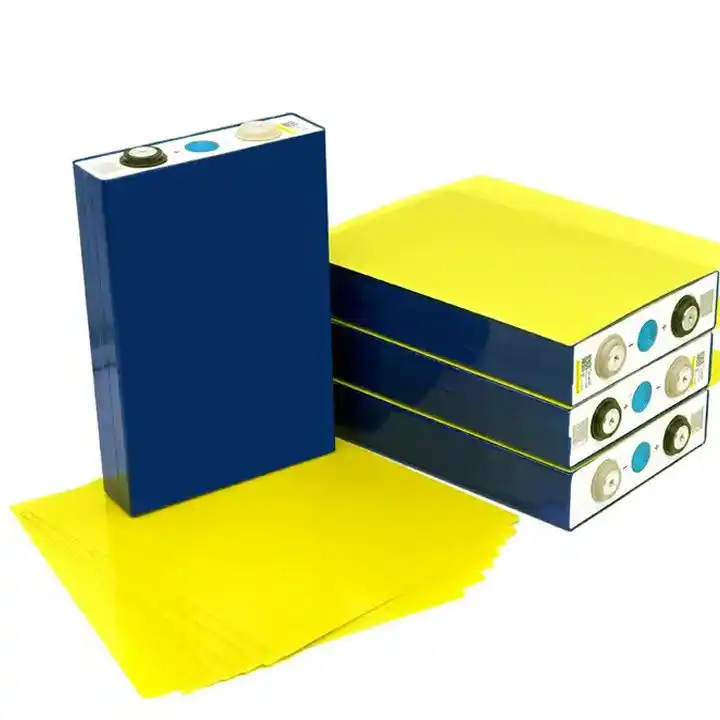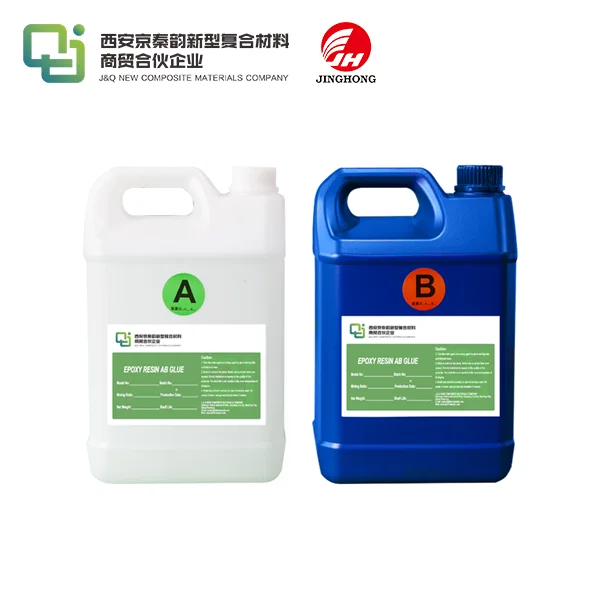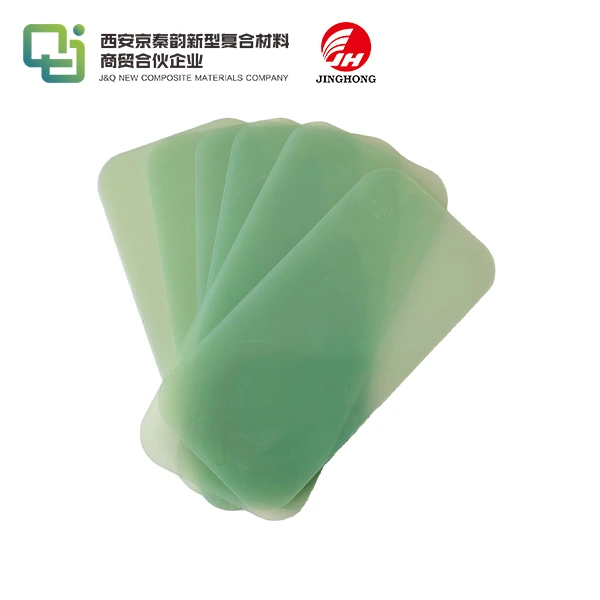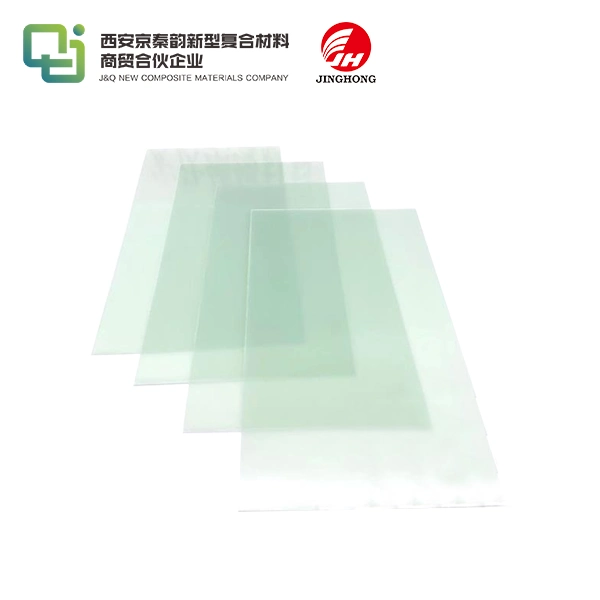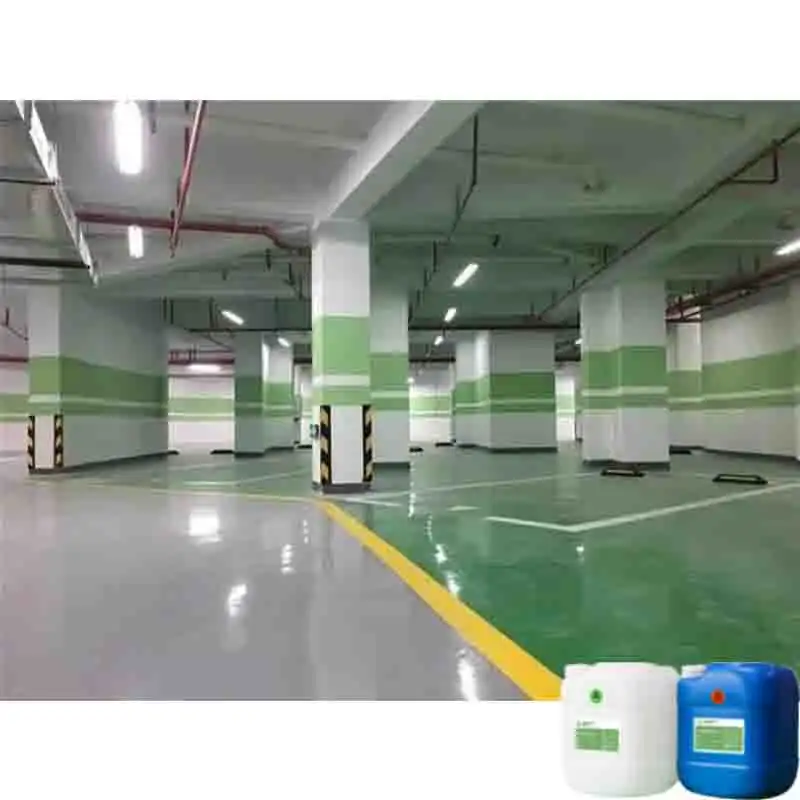ABS vs PVC Plastic Board: Which One Fits Your Project Best?
2025-05-26 17:30:04
When it comes to choosing between ABS and PVC plastic boards for your project, the decision ultimately depends on your specific requirements. ABS boards offer superior impact resistance, durability, and heat resistance, making them ideal for applications requiring high strength and toughness. They excel in automotive, electronics, and industrial applications. On the other hand, PVC boards are more cost-effective, fire-resistant, and weather-resistant, making them suitable for construction, signage, and outdoor applications. PVC also boasts excellent chemical resistance. Consider factors such as project environment, budget, and desired properties to determine which material aligns best with your needs. Both materials have their unique strengths, so understanding your project's demands is crucial in making the right choice.
Understanding the Basics: ABS and PVC Plastic Boards
Chemical Composition and Manufacturing Process
ABS (Acrylonitrile Butadiene Styrene) is a thermoplastic polymer composed of acrylonitrile, butadiene, and styrene. The manufacturing process involves polymerization of these components, resulting in a material with a unique combination of properties. ABS boards are produced through extrusion or injection molding techniques, allowing for versatile shapes and sizes.
PVC (Polyvinyl Chloride) is synthesized from vinyl chloride monomers. The production of PVC boards involves the addition of various additives to enhance specific properties. PVC boards are typically manufactured using calendering or extrusion methods, enabling the creation of sheets with different thicknesses and textures.
Physical Properties and Characteristics
ABS boards boast exceptional impact resistance, high tensile strength, and excellent dimensional stability. They exhibit good heat resistance and maintain their properties across a wide temperature range. ABS is known for its glossy surface finish and can be easily painted or bonded.
PVC boards are renowned for their chemical resistance, fire retardancy, and weatherability. They possess good electrical insulation properties and are resistant to moisture absorption. PVC boards are available in various grades, from rigid to flexible, catering to diverse applications.
Environmental Considerations and Recyclability
ABS is recyclable and can be reprocessed multiple times without significant loss of properties. Many manufacturers offer recycling programs for ABS products, contributing to a more sustainable lifecycle.
PVC, while recyclable, faces some challenges due to the presence of additives. However, advancements in recycling technologies have improved PVC's recyclability. Some manufacturers offer take-back programs for PVC products to ensure proper recycling and disposal.
Comparative Analysis: ABS vs PVC Plastic Boards
Mechanical Properties and Durability
ABS boards exhibit superior impact strength and toughness compared to PVC. They can withstand higher loads and resist cracking under stress. ABS maintains its properties at low temperatures, making it suitable for cold environments.
PVC boards, while less impact-resistant than ABS, offer excellent tensile strength and flexibility. They perform well in applications requiring resistance to bending and twisting. PVC's durability is particularly notable in outdoor settings, where it resists weathering and UV degradation.
Thermal Performance and Fire Resistance
ABS boards demonstrate good heat resistance, with a higher heat deflection temperature than PVC. This makes ABS suitable for applications involving moderate heat exposure. However, ABS is not inherently flame-retardant and may require additives for improved fire resistance.
PVC boards excel in fire resistance, with many formulations meeting stringent fire safety standards. They have a lower heat deflection temperature compared to ABS but maintain stability in most ambient conditions. PVC's low thermal conductivity makes it an effective insulator.
Chemical Resistance and Environmental Stability
ABS boards offer good resistance to weak acids, bases, and some organic solvents. They maintain their properties when exposed to water and have low moisture absorption rates. ABS is susceptible to degradation from strong oxidizing agents and certain organic solvents.
PVC boards boast exceptional chemical resistance, particularly against acids, alkalis, and many solvents. They exhibit excellent resistance to oils, making them suitable for diverse industrial applications. PVC's resistance to environmental factors like moisture and UV radiation contributes to its long-term stability in outdoor settings.

Application-Specific Considerations: Choosing Between ABS and PVC
Industry-Specific Requirements and Standards
In the automotive industry, ABS boards are preferred for their high impact resistance and ability to withstand vibrations. They meet stringent automotive standards for interior components and under-hood applications. ABS's ease of painting and chrome plating aligns with automotive aesthetic requirements.
The construction sector often opts for PVC boards due to their fire resistance and weatherability. PVC meets building codes and standards for flame spread and smoke development. Its resistance to moisture and chemicals makes it ideal for plumbing and electrical applications in construction.
Cost Analysis and Long-Term Value
ABS boards generally have a higher initial cost compared to PVC. However, their durability and longevity can offer better value over time in applications requiring high impact resistance and strength. ABS's ability to maintain properties over multiple recycling cycles can contribute to cost savings in the long run.
PVC boards are more cost-effective upfront, making them attractive for large-scale projects or applications where budget constraints are a primary concern. PVC's low maintenance requirements and resistance to environmental factors can result in reduced lifecycle costs, particularly in outdoor applications.
Processing and Fabrication Considerations
ABS boards are known for their ease of machining and thermoforming. They can be easily cut, drilled, and shaped using standard tools. ABS's high impact strength allows for complex designs without compromising structural integrity. Its compatibility with various adhesives and paints enhances fabrication flexibility.
PVC boards offer excellent workability and can be easily cut, welded, and formed. They are suitable for both hot and cold forming processes, allowing for diverse fabrication methods. PVC's ability to be extruded into complex profiles makes it versatile for custom applications. Its low friction coefficient facilitates smooth operation in moving parts and assemblies.
Conclusion
The choice between ABS board and PVC plastic boards hinges on a thorough understanding of your project's specific requirements. ABS excels in applications demanding high impact resistance, toughness, and heat stability, making it ideal for automotive and industrial use. PVC shines in scenarios requiring chemical resistance, fire retardancy, and weather durability, particularly in construction and outdoor applications. Consider factors such as mechanical properties, thermal performance, chemical resistance, industry standards, cost implications, and fabrication needs when making your decision. By aligning these considerations with your project goals, you can select the plastic board that offers the optimal balance of performance, cost-effectiveness, and long-term value.
Contact Us
Ready to find the perfect plastic board for your project? Contact our experts at info@jhd-material.com for personalized guidance and high-quality ABS and PVC solutions tailored to your specific needs.
References
1. Johnson, M.K. (2022). Comparative Analysis of ABS and PVC Polymers in Industrial Applications. Journal of Polymer Science, 45(3), 278-295.
2. Smith, R.A. & Davis, L.T. (2021). Thermal and Mechanical Properties of ABS and PVC Boards: A Comprehensive Review. Materials Today: Proceedings, 18, 2456-2470.
3. Zhang, Y., et al. (2023). Environmental Impact Assessment of ABS and PVC Production and Recycling. Sustainable Materials and Technologies, 30, e00295.
4. Brown, C.H. (2022). Fire Resistance and Safety Standards for Plastic Boards in Construction. Fire Safety Journal, 127, 103498.
5. Patel, S.K. & Mitra, R. (2021). Cost-Benefit Analysis of ABS vs PVC in Long-Term Industrial Applications. International Journal of Industrial Engineering, 28(2), 180-195.
6. Rodriguez, E.M., et al. (2023). Advancements in Processing and Fabrication Techniques for ABS and PVC Boards. Progress in Materials Science, 130, 100947.

